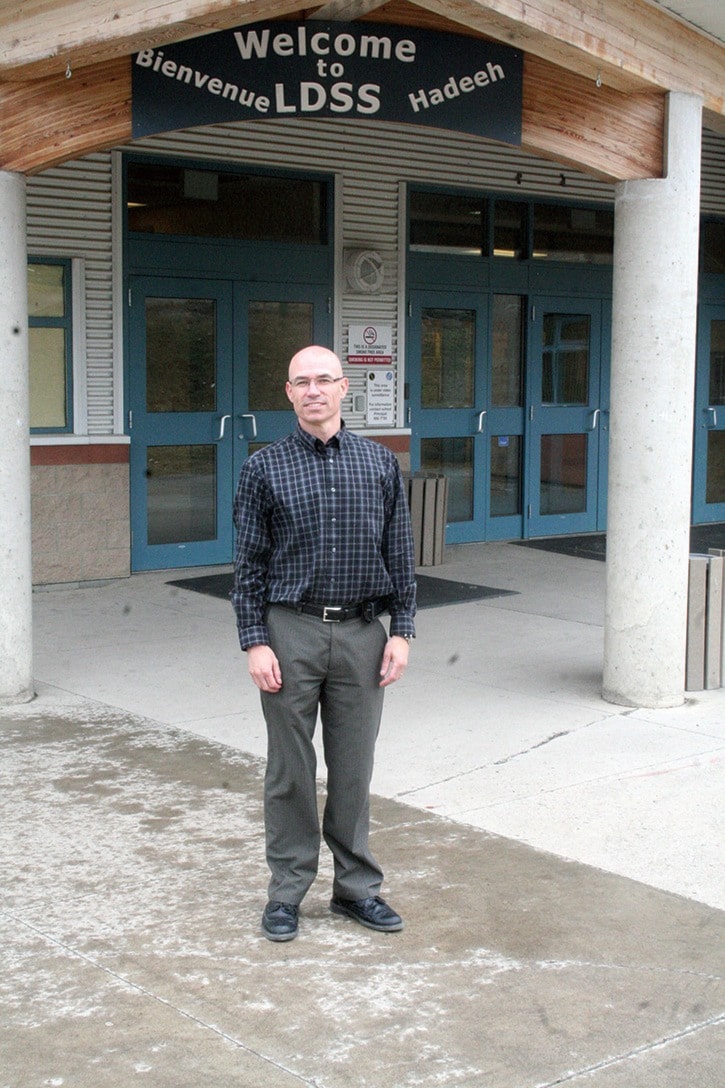The academic rankings by the Fraser Institute for B.C. elementary and high schools have been released and three of the schools in Burns Lake rank amongst the lowest in the province.
The three schools, Lakes District Secondary School (LDSS), William Konkin Elementary school and Grassy Plains Elementary school near the bottom of the list in the latest rankings released last week.
Francois Lake Elementary and Decker Lake Elementary schools were not included in this year's rankings.
Lakes District Secondary School ranked 255/293 B.C. high schools, while William Konkin and Grassy Plains Elementary ranked 962 and 931/982 respectively in the elementary school rankings.
Peter Cowley, director of the school performance studies at the Fraser Institute says the rankings are designed to provide objective information about each school.
"The rankings are designed to provide objective, easily accessible and easily understood information regarding by-school student performance to parents and educators," Cowley said, "the rankings encourage improvement in education."
The rankings take into account standardize testing, in reading, writing and numeracy that occurs at elementary schools for grades four and seven students, as well as the exam marks for all students in grades 10-12 courses where a provincial exam is mandatory, in high schools.
The rankings for high schools in B.C. also include the percentage of exams failed, the graduation rate in high schools and the school vs. exam mark difference, which calculates the difference tween the school’s final exam in a given course to the provincial exam marks for students.
A large number in that category would indicate the school exam had inflated marks.
Cowley says these rankings are often used by parents and teachers in evaluating the school they teach at, or their child attends.
“Parents use the rankings as one source of information in making an informed decision regarding a school in which to enrol their children,” Cowley said. But are these rankings missing the bigger picture when it comes to schools in Burns Lake?
While LDSS may rank low in the province compared to other high schools, it has shown an upward trend in graduation rate at the school over the past five years.
In 2009 the graduation rate was at 95.7 per cent, this year’s rankings have the graduation rate at 97.8 per cent.
Mike Skinner, principle of LDSS says that the measure of a school is difficult to gauge by a few narrow indicators, but says that him and the rest of the staff at LDSS are always looking for ways to improve the school.
“Lakes District Secondary School has many different sources of data to look at for school improvement,” Skinner said, “we have internal data, such as, failure rates, grades, school wide writes, exam results, surveys and RAD scores, and we also several district sources such as grad and transition results.”
Skinner believes that even though LDSS is a smaller school, that the school still offers a variety of programs for its diverse student population.
“We offer academic courses for university, trades programming, cultural initiatives and a rich fine arts department, for example,” Skinner said, “we also provide a wide range of specialized programs for students that have unique learning needs or individualized education plans.”
For results on all the ranked schools, visit www.compareschoolrankings.org.
